
How you could have been browsing the internet today. Source: https://commons.wikimedia.org/wiki/File:DEC_VT100_terminal.jpg
The field of computing has come a very long way. From basic, obscure academic theory in the 1940s to industry in the 1970s, and homes in the 1990s, they are used everywhere today – you probably have one in your pocket right now. This is massive growth, on par with the industrial revolution in scale, scope, and social influence.
Computing started out ugly and difficult to use. Of course it was – the early computer pioneers were mathematicians and engineers, not designers. The early command line operating systems use old teletype standards, measured in lines and characters. Computers were thought of as machines to calculate, tabulate and sort, so you didn’t need much more.
When the typesetting and printing field started using computers to speed up the process of creating press-ready output, they had to create many things from scratch. From their efforts, we get modern high-resolution display adapters, Postscript, and the first true fonts – three bits of software that together can display any style of lettering at any size. Most importantly, this not only worked for desktop publishing but had ramifications that changed computing forever. Read more ›
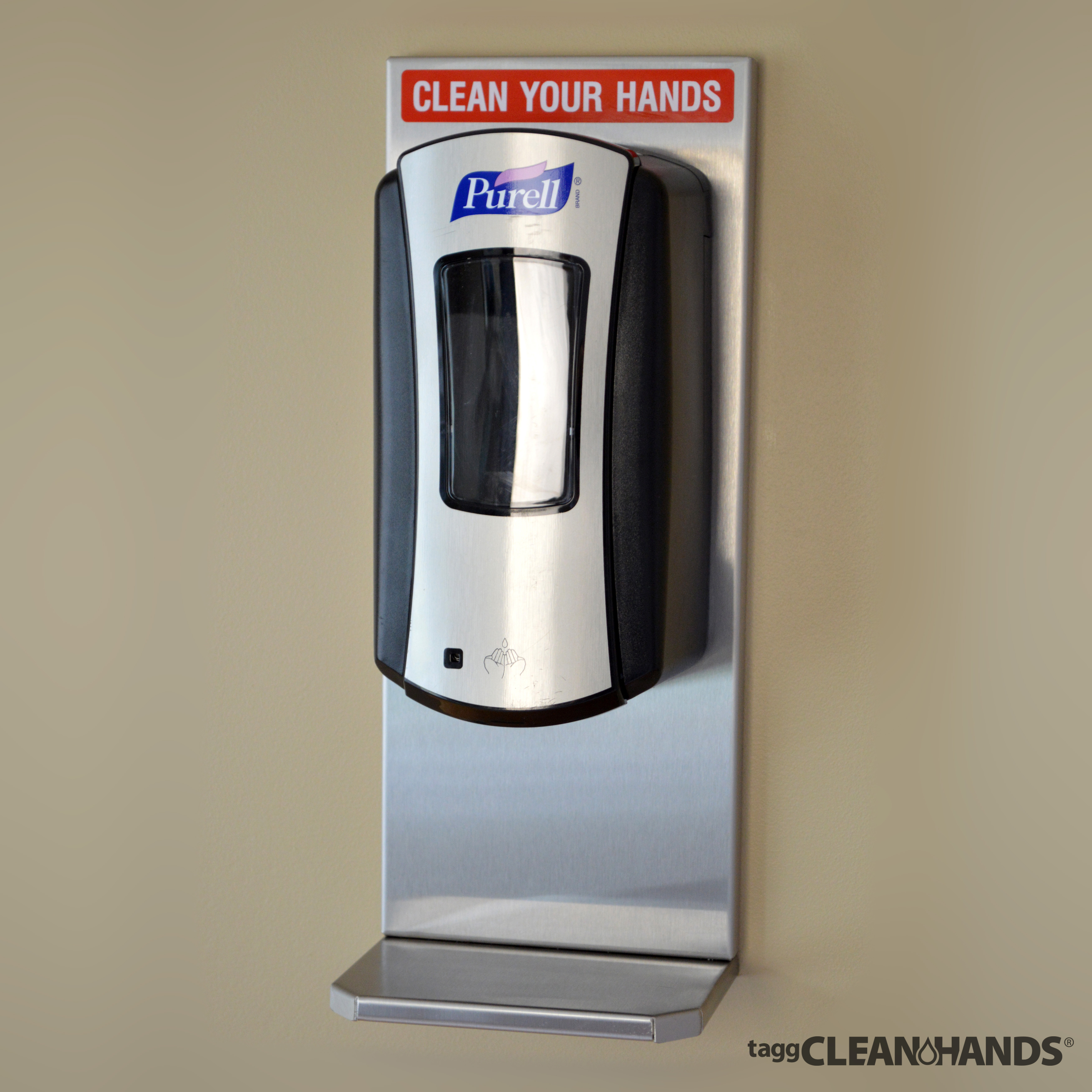

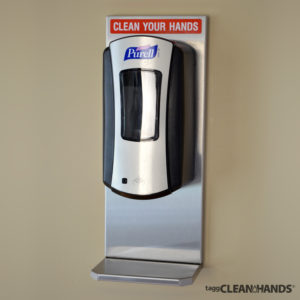

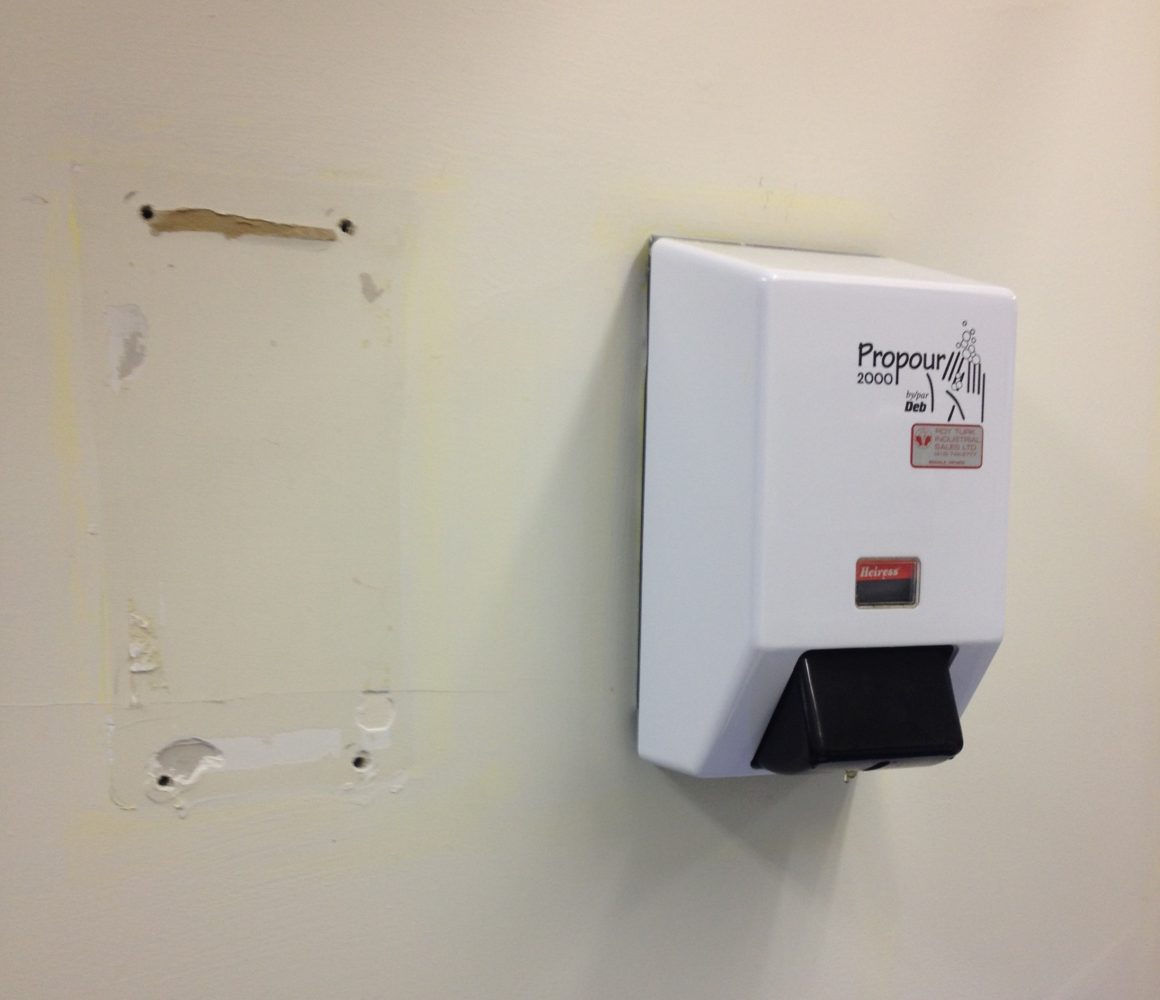
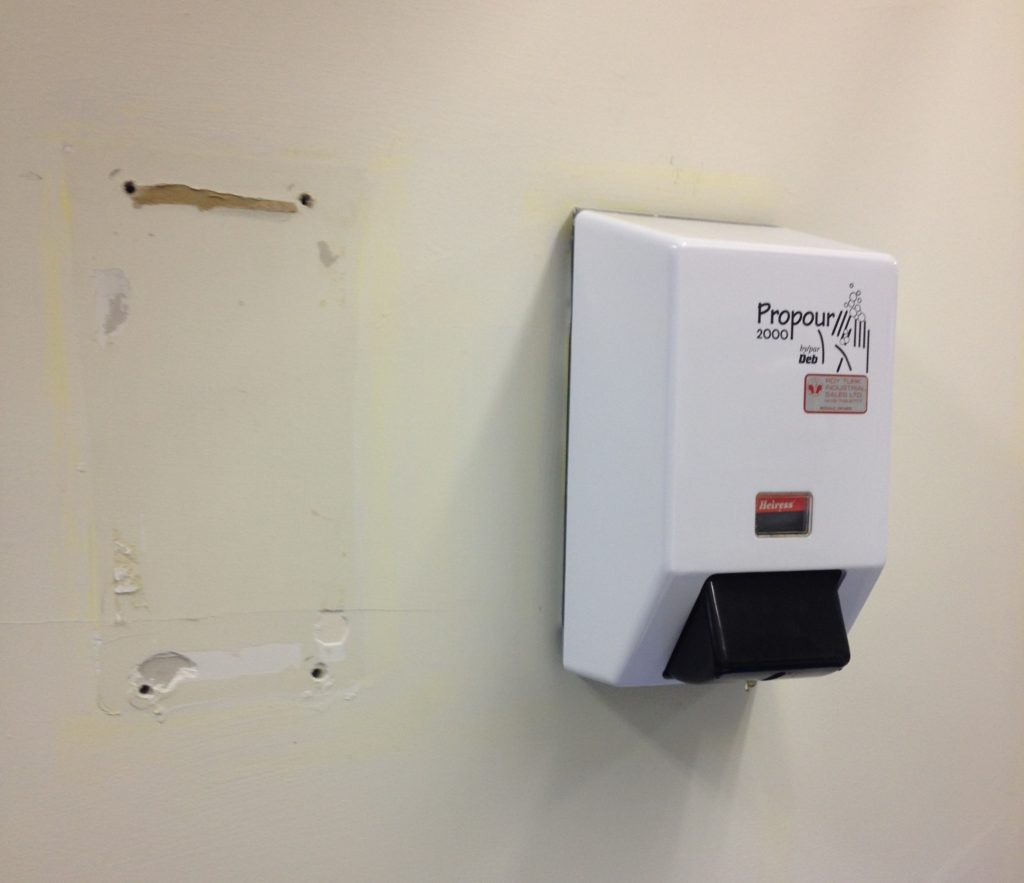



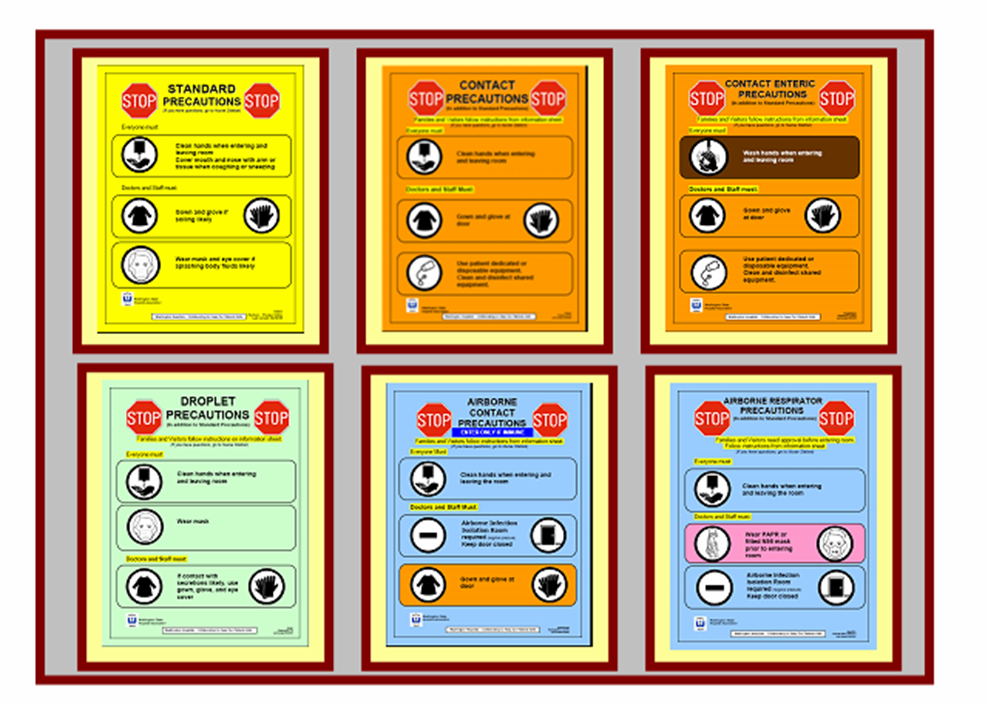






Recent Comments